When trouble is abound in your Preschool or Kindergarten classroom, Sandi is here to save the day! Sandi is an incredible, seasoned, and passionate Kindergarten teacher here to solve your preschool classroom management woes once and for all!
Here are Sandi’s 7 tips for making sure your Preschool classroom is running smooth and peaceful. Preschool classroom management has never been made so easy.
Preschool Classroom Management
Classroom management in September. Is there such a thing? Actually, yes! From the moment you see their cute, smiling faces all lined up on the first day of school, that’s when the foundations begin.
Ok, maybe they aren’t all smiling…
Some might be crying, some might be refusing to come through the door, and some might be pushing each other in the line. But at that very moment, even though you may want to turn and run as far and fast as you can, that is when classroom management begins in September!
Classroom management is something they don’t really teach you when you are in Teacher’s College, or any post secondary program geared towards working with children. It might be mentioned here and there, or discussed in an assigned chapter, but there isn’t an actual manual or step by step list to follow.
Really, the way of understanding how preschool classroom management works and what it looks like, is to actually put it to the test. You need to trust your instincts and have an open mind.
Not to mention, an unlimited supply of patience!
After careful consideration, a bit of research, and a few discussions with my colleagues, here are a few tips to consider when you are thinking about classroom management.
These are not in any particular order and are just suggestions. After 20 years in the classroom, I am still learning, reflecting and always open to making adjustments to my techniques! (Sarah’s edit adds: Sandi is being very humble here. She is an expert in classroom management and can get your preschool classroom in ship shape in no time!)
Tip #1 Teach What You Expect
Children need to know exactly what is expected of them, so that they can be successful. Set age-appropriate expectations on the very first day of school.
If the expectations are too hard to reach, then the children will not be invested and it will make it more difficult for everyone. Always model the behaviour you expect the children to follow.
Example: In our classroom we expect children to use “courtesy” and “respect” so we must teach exactly what this is. We must describe it to the children and give them concrete examples. We must point out and praise courteous and respectful behaviour (calling it just that) as well as model it ourselves, using those same terms. “I am going to be very respectful while Ali speaks. I am going to have my mouth quiet and my eyes will be watching him.”
Tip #2 Devise Appropriate Rewards and Consequences
If children are held accountable for their behaviour, they are learning important skills and habits that will carry through to adulthood. As with all parts of preschool classroom management, be firm, fair and consistent.
A child will be less likely to repeat an unwanted behaviour if there are consistent consequences and rewards. Always acknowledge a job well done!
Example: In our classroom, if a child breaks another child’s creation they must apologise and help to rebuild it. We also ensure we take time to chat with our students about how that would have made our friend feel.
Tip#3 Establish Classroom Rules
As a class, discuss what the rules of the classroom should be. Develop rules that foster respect, caring and community within the preschool classroom.
Again, make the expectations for behaviour clear at the beginning of the year. Continue to review and reinforce the rules. On a regular basis, ask the children if they believe the rules are being followed and whether or not you need to update them.
Post the class rules in a visible location in the classroom. It is easy to relax a bit as the year moves along. You don’t have to be mean; you just need to mean it. When you ask a child to stop doing something that they know is one of the classroom rules, but you don’t follow through, you are telling them that it doesn’t actually matter.
Example: Sit “criss-cross apple sauce” while on the carpet (so others don’t trip!), raise our hands and wait until it is our turn to speak (so others can hear our wonderful ideas!), keep our hands to ourselves (so everyone feels safe!).
Tip #4 Assign Classroom Jobs
By assigning classroom jobs, it teaches children responsibility. Preschool classroom management is so much easier with responsible preschoolers! Change their jobs weekly so that all children get an opportunity to succeed at each one.
Consider letting your preschoolers choose their jobs so that they are more invested in doing their best. They will take more pride in their classroom if they are responsible for it. It is amazing how much little ones want to help out!
Examples: Tidy the hallway, tidy the cubbies, ring the “tidy time” bell, sharpen the pencils, door holder, Caboose, Line leader, feed the class pet.
Tip #5 Communicate With Parents
Open communication is an important aspect of classroom management. It is essential to have clear and consistent lines of communication with the parents in your classroom. Without it, you could lose the support and cooperation of parents.
Be responsive to the concerns of others. Be flexible and willing to accommodate reasonable requests.
Examples: Communication books for each child, monthly calendars, Schoolmessenger (or online communication app)
Tip #6 Celebrate With The Children
Try to have an occasional classroom party to acknowledge students’ hard work. This will help to keep them motivated to succeed. It is a known fact that having a pajama day at school is the best thing since sliced bread!
Get your preschoolers to come up with a list of “special days” that they could work towards earning every month or two. It is amazing what they will come up with!
Examples: Crazy hat day, pajama day, movie/popcorn day, or bring a game to school day. Consider having a “student of the day” who gets to bring something from home to share. This student could also be the ‘daily greeter’ offering everyone a “Hello!” and high five or hug at the door.
Tip #7 Consider Peer Teaching
Using peers as a classroom management strategy can help engage and educate disruptive and struggling students. Pairing certain students together during open play time will allow the role models in your class to demonstrate appropriate behaviours, such as sharing and taking turns.
This not only acknowledges the behaviour of the role model, it also helps by having a peer point out the unwanted behaviours, instead of it always coming from the teacher.
Example: At centre time or outside time a younger student could be asked which older student he would like to play with.
Classroom management is an important strategy for the success of any program. When a child trusts their teacher, he/she will make more of an effort to follow the rules and behave appropriately.
When I started my first year of teaching, I was told something that I will never forget:
“Effective teachers manage their classrooms. Ineffective teachers discipline their classrooms”
I have always made a conscious effort to manage my classroom. Teachers are role models for all emotions, not just the serious ones. Don’t be afraid to smile, laugh, and have fun! Be kind, but firm.
Your students will be more apt to return the respect that you show them and will try hard to make you proud! Above all, you are shaping the minds and hearts of the children who will be our future. The possibilities are endless!
You Might Also Like:
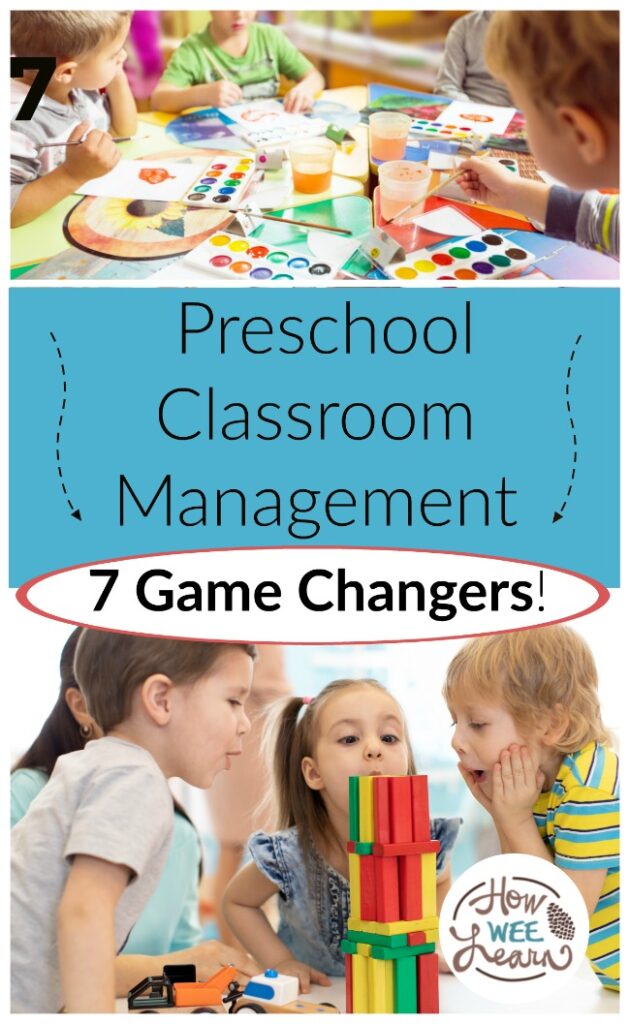


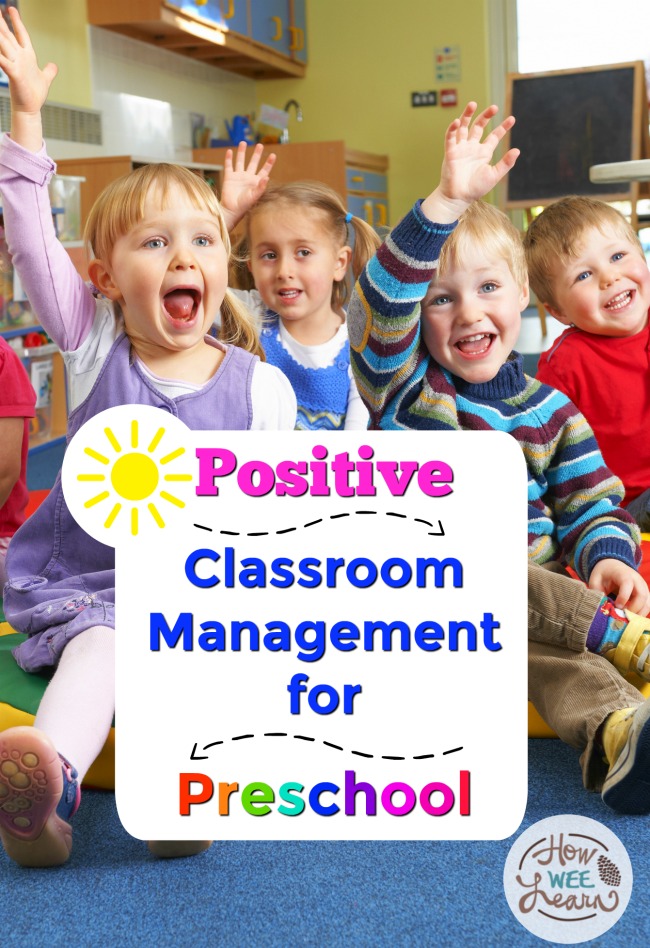
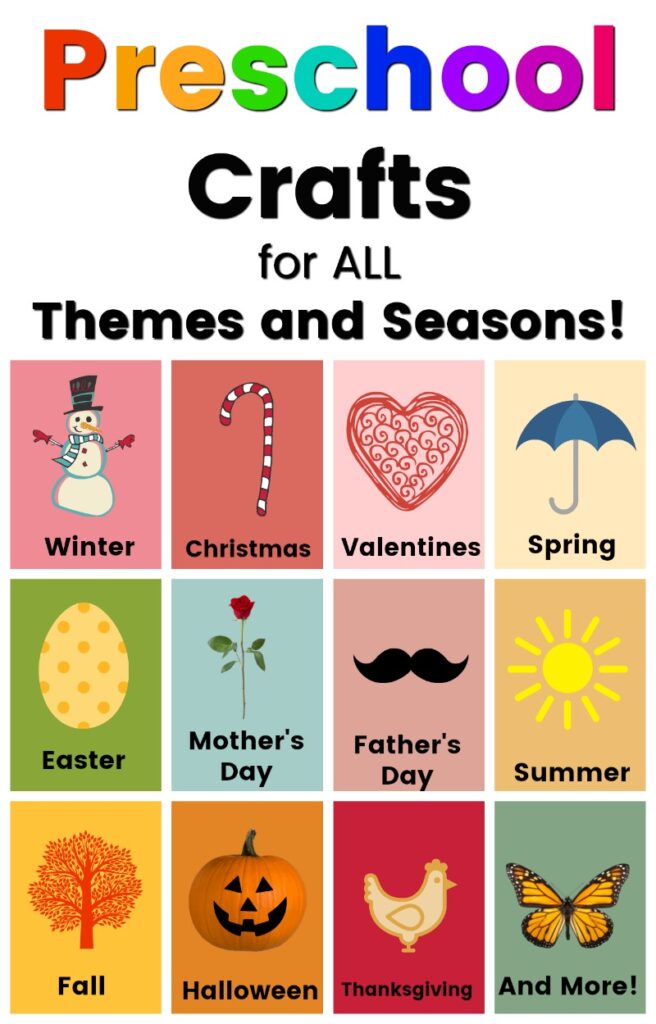
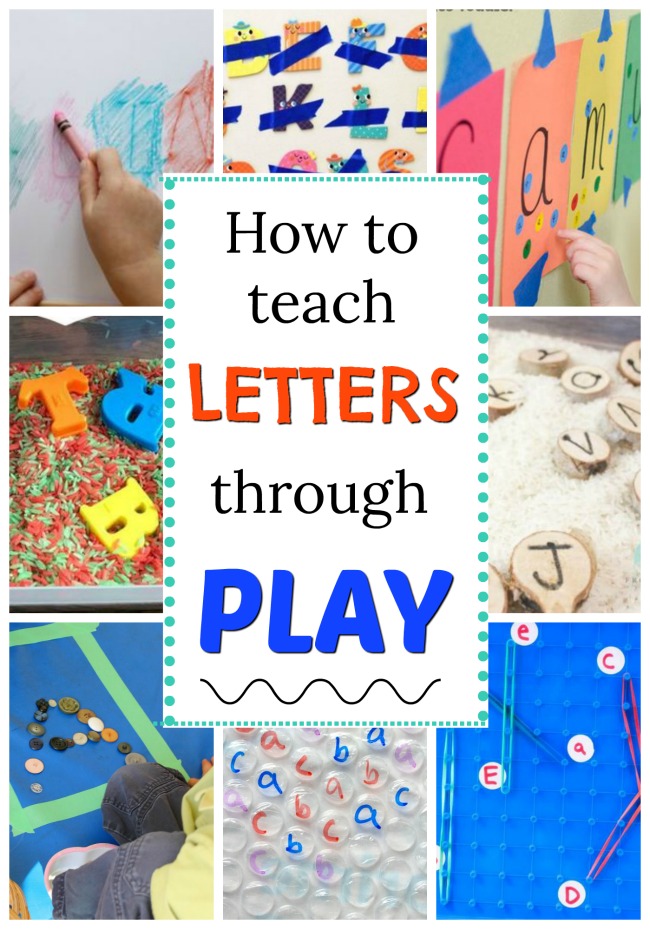
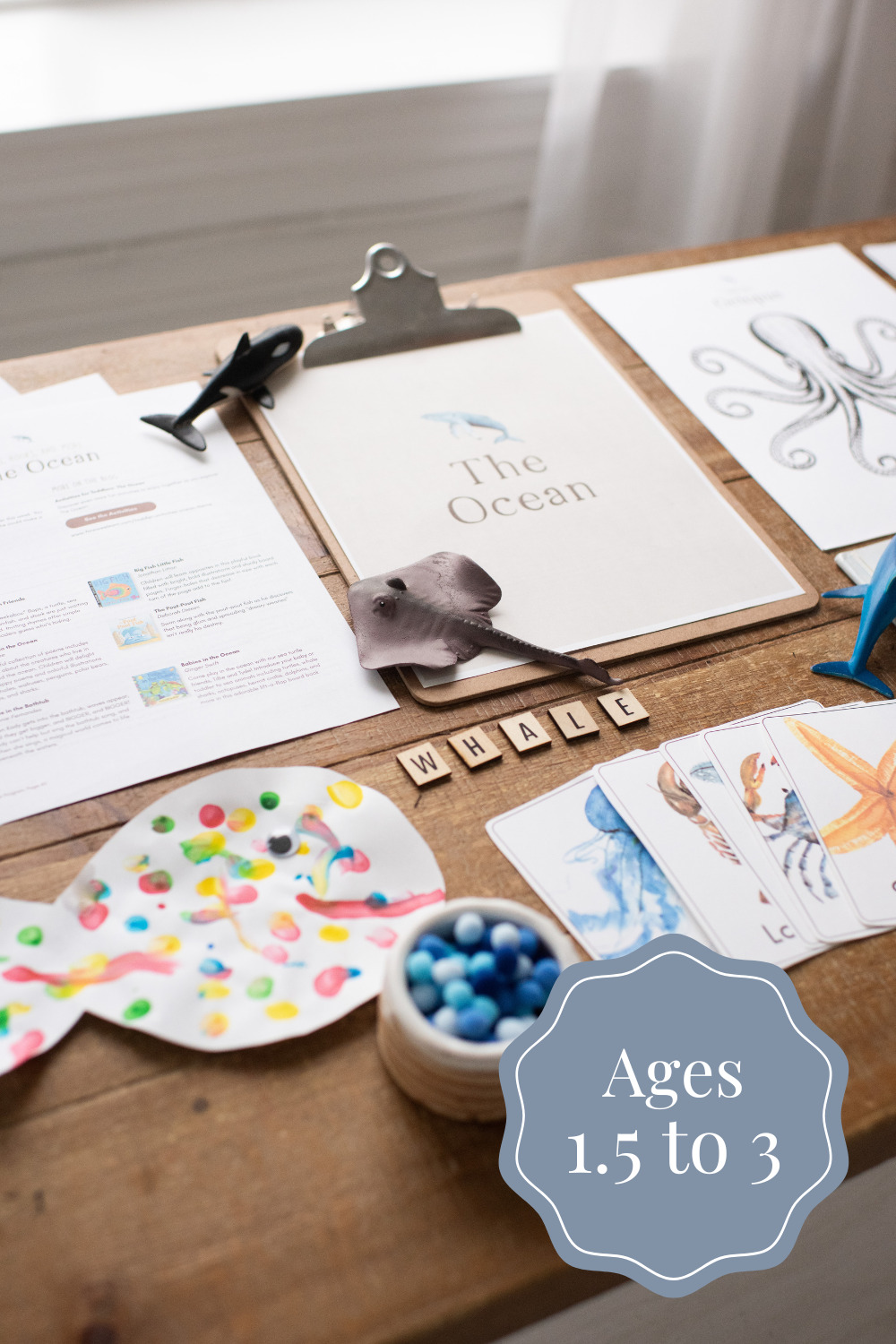
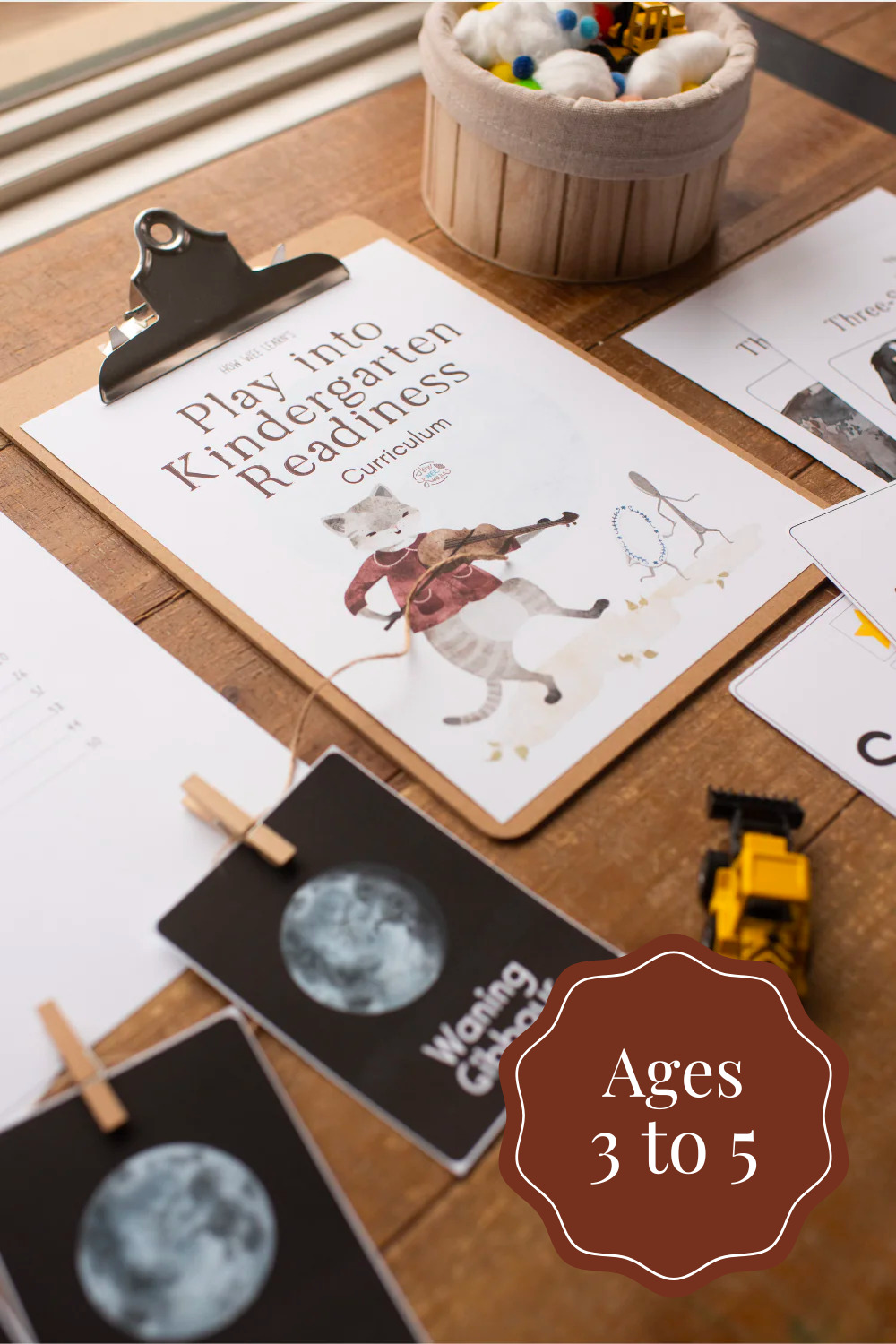
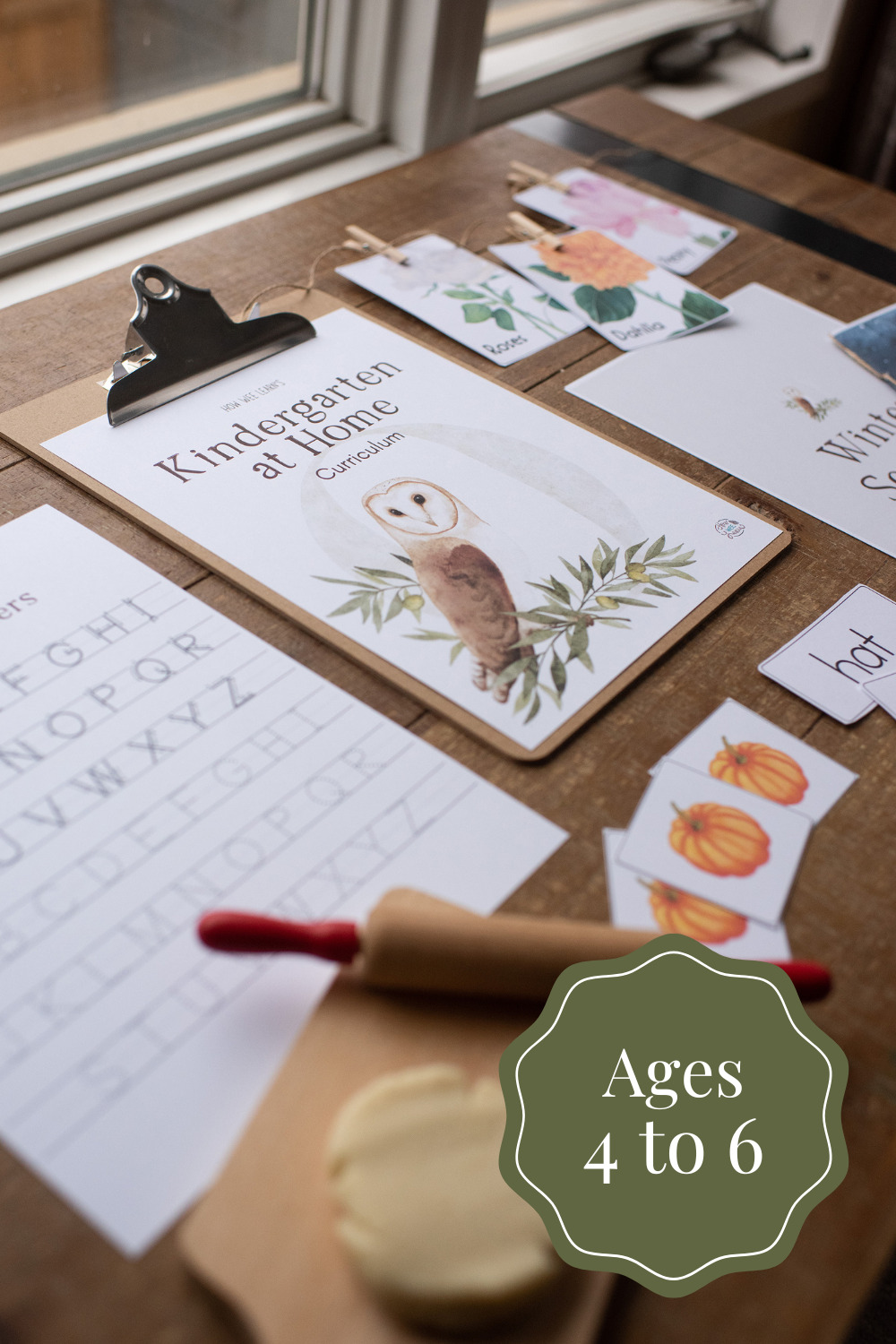
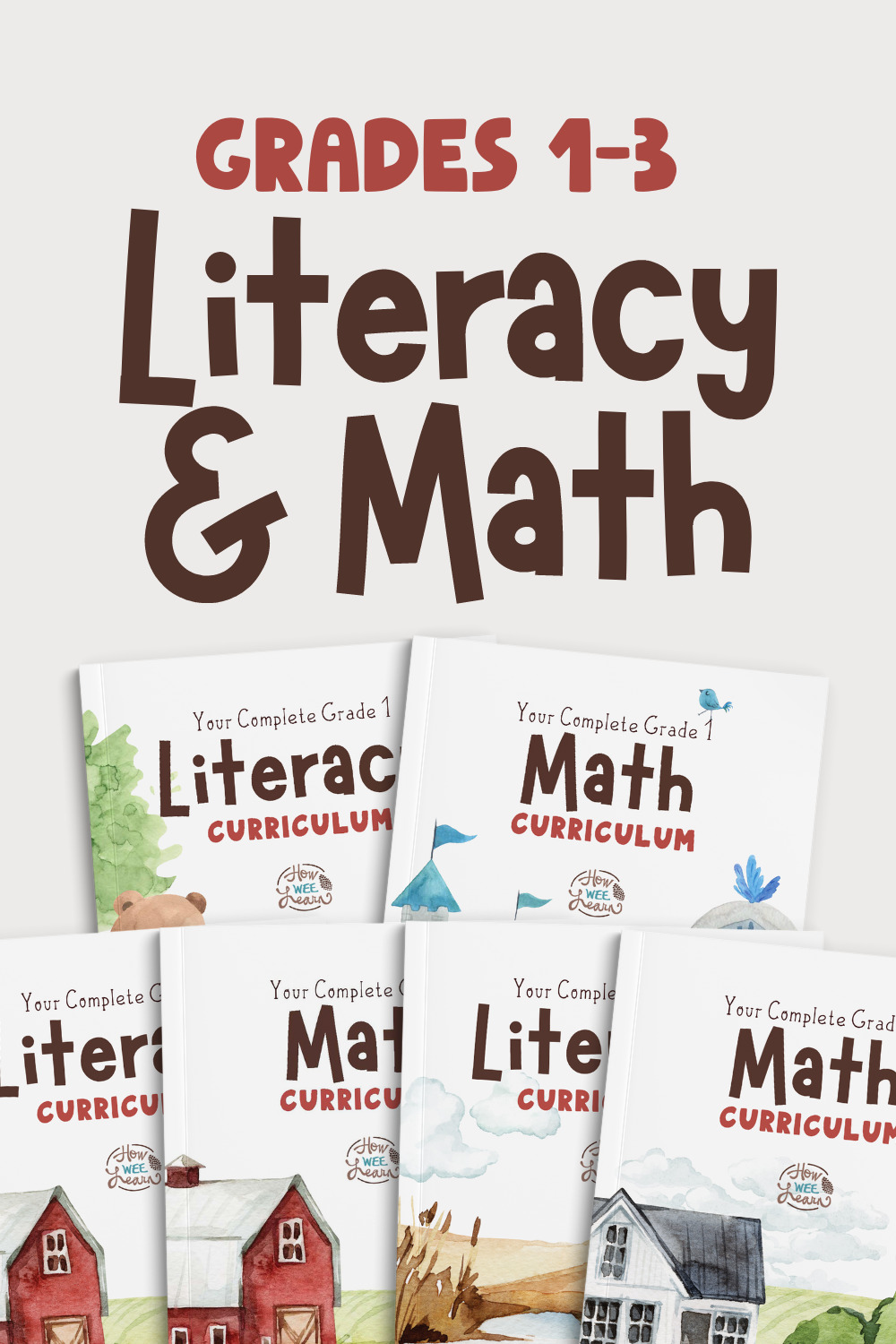

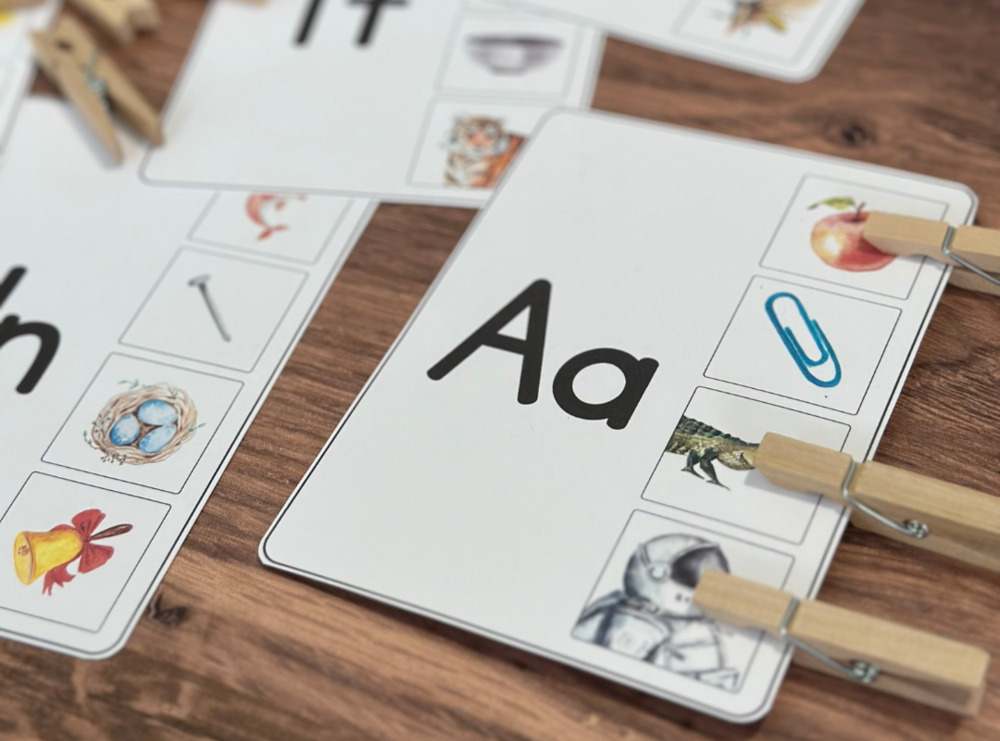
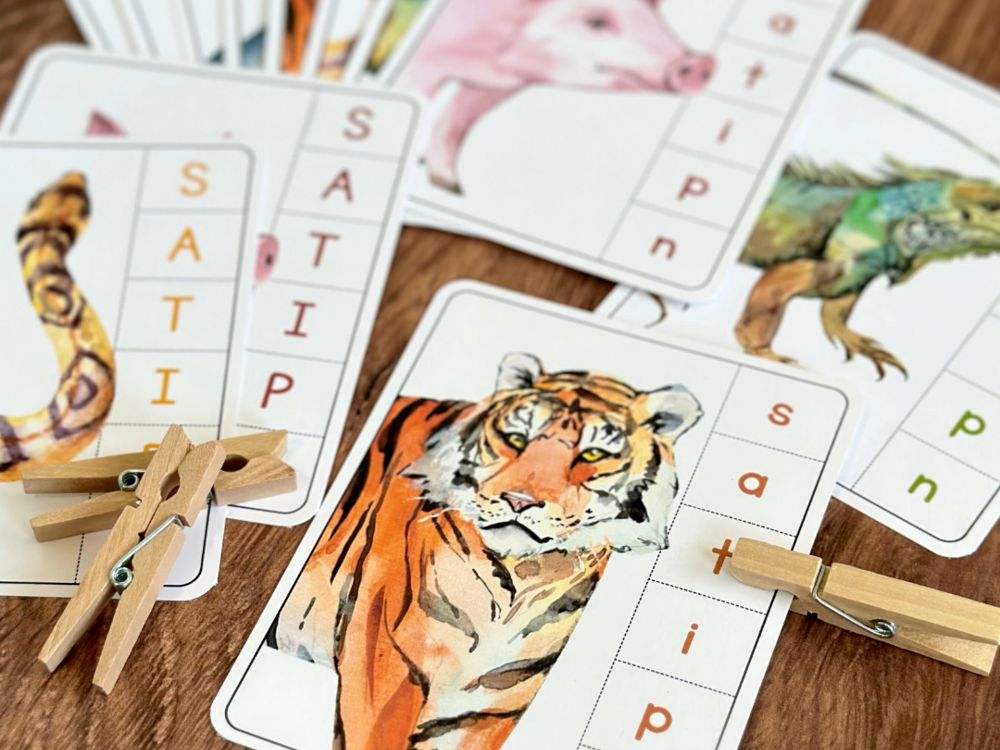
Hi there. . The information you have given on managing the classroom is very helpful. . Thank you soo much. . Is it possible to download this useful information ?
Hi there, I am so happy this information is helpful to you! I don’t currently have it available as a download, but I can work on this for you!